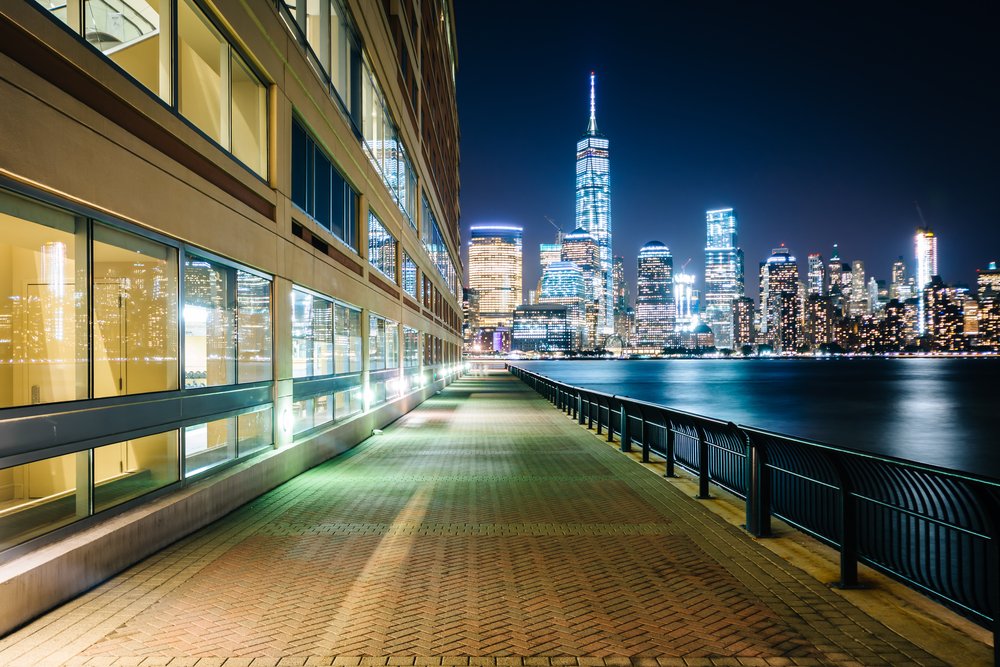When Local Law 97 of 2019 (LL97) passed as part of the Climate Mobilization Act in April of last year, New York City had no idea a global pandemic would disrupt city life and activity a year later. The groundbreaking law sets emissions limits on buildings over 25,000 sq ft (excluding certain categories of buildings such as NYCHA, rent-regulated housing, and houses of worship). The first annual compliance year begins in 2024, with stricter standards taking effect in 2030. Buildings that fail to comply face severe penalties. Below is an update on LL97 progress made by the City and where things stand today (for more details on LL97’s initial passage, read our blog post here).
No Change to the Timeline
Though COVID-19 has forced property owners, co-op and condo boards, and property managers to shift focus to the crisis at hand, the City currently has no plans to adjust the LL97 timeline.
The timeline, as it stands, was already posing challenges to building owners who were facing budget changes and constraints over impending retrofits. COVID-19 has shifted priorities. Building owners are being forced to prioritize air filtration and other health and safety measures over LL97 work. While some buildings have been able to save money on energy costs due to reduced occupancy caused by COVID-19, others still have to maintain energy-intensive data centers or simply lack cash flow from tenants no longer able to afford rent.
LL97 does allow building owners to apply to have their emissions cap raised if they can prove current financial hardship, as defined by the law, or that compliance with the law would prevent them from earning “reasonable financial returns”. This adjustment may only be considered if the owner is not eligible for financing through a city program and the owner has attempted all other related incentive programs available.
Advisory Board Announced and Working Groups Created
In December 2019, Mayor Bill de Blasio and City Council Speaker Corey Johnson announced the 16-member Climate Advisory Board, comprised of a mix of building owners, engineers, architects, environmental justice advocates, and utility and business representatives. The Advisory Board is tasked with advising the city government and the Department of Buildings (DOB) on ways to best implement and realize emissions reductions.
In April, the DOB formed eight working groups to study more specific areas in depth. The working groups are Building Technologies and Pathways (Multifamily Buildings), Building Technologies and Pathways (Commercial Buildings), Carbon Accounting, Energy Grid, Economic Impact, Hospitals, Communications, and Implementation. The groups have been meeting virtually to study and develop recommendations for the DOB. The Advisory Board and working groups are expected to provide a final report of their recommendations to City Council and the mayor by the start of 2023.
Financing Delays
To help building owners pay for efficiency upgrades and retrofitting projects, the Climate Mobilization Act established a Property Assessed Clean Energy (PACE) loan. Loan applications are approved by the New York City Energy Efficiency Corporation (NYCEEC), and the loan is repaid through the building’s property tax bill. While this financing tool will be useful to qualifying owners, the PACE application launch has been delayed by COVID-19. NYCEEC is waiting for details and eligibility criteria to be established by City Council and the mayor.
Clarification on Fuel Cell Technology Factor
City Council passed a bill (Int. 1982-A) last month that provides some clarification on the greenhouse gas coefficient of energy consumption for natural gas-powered fuel cells. The coefficient is still to be determined in rules in the long run. However, this amendment states that natural gas-powered fuel cells that begin operation prior to January 1, 2023, or the promulgation of the rules, whichever comes first, will be credited compared to the electricity grid marginal emissions factor published by the New York State Energy Research and Development Authority.
Scope Expansion Proposed
In May of this year, Council Member Costa Constantinides introduced a bill (Int. 1947) to City Council that, if passed, would expand the number of buildings required to comply with emissions limits under the law. As the law currently stands, rent-regulated buildings are defined as buildings with one or more regulated units. These buildings are not subject to the emissions caps and are instead subject to a prescriptive path of energy conservation measures. The proposed amendment would change the definition of rent-regulated accommodation to mean buildings with “over 35% regulated units”. This means that should this change pass, buildings that have 35% or fewer regulated units would be subject to the emissions caps.
This could mean major planning overhauls for those building owners that would be affected should the definition change. Cash flow and the ability to recoup major upgrade costs are limited due to rent regulation laws.
Planning Ahead
Even though 2024 is a few years away, and the global pandemic is pressing, climate change isn’t on pause and neither is Local Law 97. It’s important to understand where each of your buildings stands at this point in 2020 so you can evaluate potential future penalties, allocate budgets, evaluate financing options, and analyze strategies to reduce GHG emissions, as well as evaluate alternative compliance paths such as REC purchasing and clean distributed energy generation. EnergyWatch’s watchwire utility data management and reporting platform automatically acquires your invoice data, calculates GHG emissions based on various emission factor sets (including what’s outlined in Local Law 97), and provides reports to analyze potential penalties so we can collectively evaluate energy management and procurement options now and in the future. Contact us or take a look at our solution brief to learn more about how we can help you comply with Local Law 97.
Sources:
 Top Sustainability Trends to Watch in 2025
Top Sustainability Trends to Watch in 2025

 Log In
Log In








